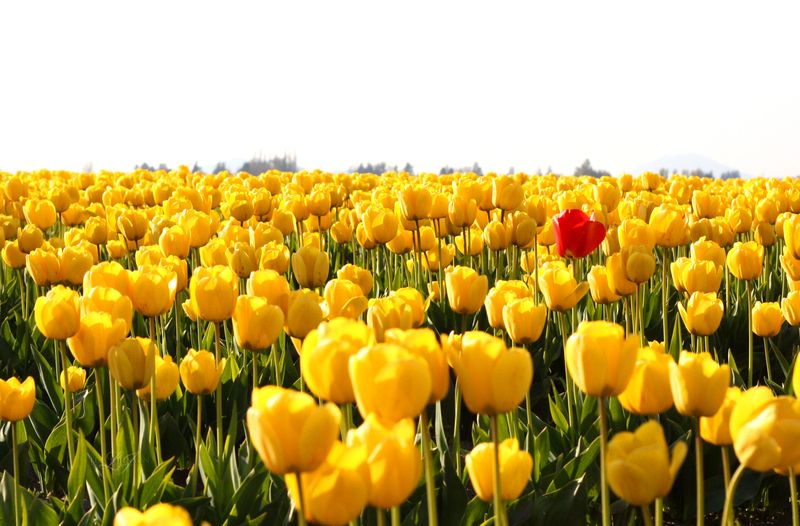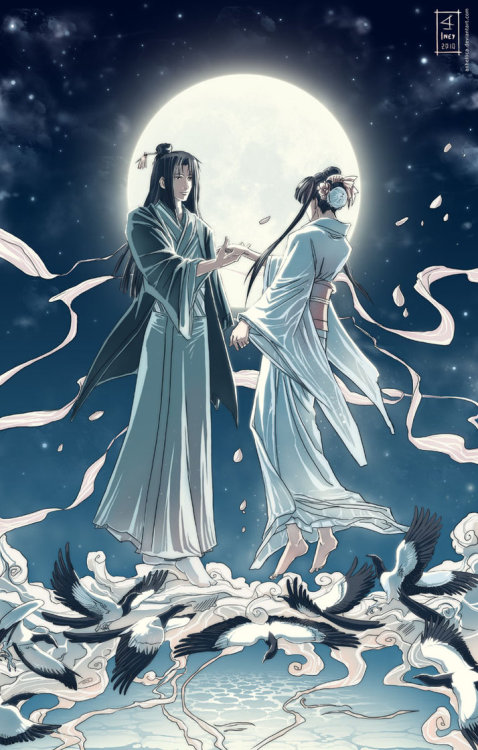1) The fox, Inari’s messengers,
2) they are the guardians of rice,
3) who chase away the mice.
4) But they are as diverse as the stars, some give and some take.
5) Hawooooo they howl and cackle with glee,
6) they laugh at the human plea.
7) With their tricks afoot you will find,
8) a thing or two gone,
9) you’ll wake up at dawn,
10) and be puzzled by the illusions you’d seen.
11) A reward from them might be a sprig,
12) for your pains just a branch and a twig,
13) they don’t like the greedy.
14) Freedom is their greatest joy,
15) beware if you plan a ploy,
16) to capture them and use their skill.
17) Revenge will come fast,
18) and your life might not last.
19) Be careful of these sly slick tricksters,
20) they’ll take the shape of a woman, beautiful as a swan,
21) perhaps as the wife down the street, Dawn,
22) her husband might never know.
23) Take a look at a shrine,
24) do you see tails of nine?
25) If yes, remember the Kitsune.
 |
| A Kitsune |
Analysis of the poem Kitsune
Line 1, allusion. I use allusion in this line as I say “Inari’s messengers” since I usually write on this blog about Japanese things and I assume the readers will know the Japanese rice god Inari. (If you didn’t know, Inari appears in folklore as many differents things. Sometimes an man or a woman, young or old, human or fox, and one being or many. He is the god of agriculture and rice.)
Line 4, diction. I use surprising diction in this line since I’m talking about mythical beings which are usually depicted as one being in tales or religion. However, I surprisingly call the kitsune diverse.
Line 4, simile. I compare the kitsune and stars using the word as which makes it a simile. I’m sure we’ve all have known that from at least middle school.
Line 4, antithesis. The words “some give and some take” is an antithesis since give and take are contrasting and I’m stressing that Kitsune aren’t all bad or all good.
Line 5, personification. In this line I give the animal the fox the human characteristic of laughing. I even go so far to say that they’re “cackling” which foxes definitely don’t do and it’s kind of a creepy image.
Line 5, onomatopoeia. I say the foxes “hawooooo” which is not a real word but the written expression for howling instead of just saying that they’re howling. That’s boring.
Line 21, zeugma. Dawn is the zeugma word that I use. The first time it’s mentioned in line 9, it means the rising sun. The second time it means the name of a woman. Who might be a kitsune....









